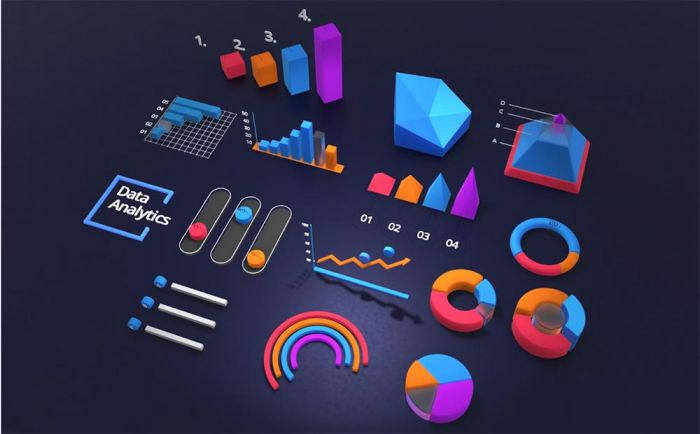
BANGSAONLINE.com - The hotel lobby is quiet, but a scout’s screen hums with life. Instead of binoculars and a notepad, there’s a laptop running dashboards: expected threat maps, pressing-efficiency charts, salary bands, and resale forecasts. Clips autoplay beside rolling numbers.
A message pings from the head analyst with a shortlist filtered by age curve, minutes load, and stylistic fit. Football’s biggest deals used to start with rumor and a hunch; now they begin in spreadsheets, version-controlled and time-stamped like any serious project.
The Evolution of the Transfer Market
For decades, transfers leaned on intuition, connections, and miles logged at midweek fixtures. Early databases brought order, yet they still told a partial story. Modeling allowed working with algorithms that read passing networks, quantify off-ball movement, and translate messy match data into usable signals.
Clubs started hiring data scientists to work alongside talent scouts, video analysts, and physios. The result wasn’t a takeover by machines; it was a broader toolkit. Scouts gained context, analysts gained field insight, and executives learned to ask sharper questions before wiring eight-figure fees.
Discovering Hidden Gems
Data opened doors to players traditional scouting missed – fullbacks who invert into midfield, forwards who create space without touching the ball, midfielders who tilt pressing traps by two meters. Liverpool’s recruitment of Mohamed Salah benefited from such thinking: beyond headline goals, models flagged elite off-ball runs, repeatable shot locations, and durability that fit the team’s tempo.
Brighton built a repeatable approach – profiling roles first, then finding affordable players who matched those patterns in secondary leagues. The win is about matching talent to the right context – including coach, system, wages, and timeline. With the right filters, a “maybe” becomes a calculated bet, and a modest fee can compound into performance, points, and future profit.
Avoiding Costly Mistakes
Predictive analytics allows clubs to sidestep potential pitfalls in overpaying for a hot streak, misreading league-to-league translation, or even ignoring the subtle red flags. Age-curve analysis helps separate temporary dips from terminal decline. Fit-to-style algorithms compare a player’s tendencies (press intensity, progressive passing attempts, duel locations) against the coach’s game model, ensuring role changes don’t negatively impact performance.
Even travel load and pitch type get baked into projections. None of this guarantees success, but it reduces variance. The decision moves from “Do we like him?” to “Under these assumptions, at this price and wage, what’s the expected value across three seasons?”
Fans who enjoy pairing form data with market information sometimes explore cricket betting bangla for fixture lists, live odds, and basic statistics that encourage more informed, responsible choices. The page organizes upcoming matches, in-play lines, and result histories in a way that mirrors how clubs organize scouting dashboards.
The Numbers Behind Negotiations
Valuation models frame the conversation before anyone meets in a hotel suite. Clubs triangulate comparable fees, contract years remaining, amortization schedules, and projected contributions measured in goals added or possession value.
Scenario tools test structures – higher fee with lower wages, or add-ons tied to minutes and continental qualification. Transparency improves internally: finance teams see cash flow exposure, coaches see squad balance, and owners see risk bands.
Externally, agents can align on incentives that reward availability and impact. The spreadsheets don’t decide the fee, but they define the lanes where a deal makes sense, where it doesn’t, and how to keep options open. Additionally, some fans seek a comprehensive portal that centralizes access to pre-match and live markets, account tools, and help sections tailored for Bangladesh users. Many start with melbet bd com, which functions as a hub before navigating to individual sports or competitions, offering a clean overview of options and site navigation.
Data Meets Intuition
Coaches still trust the eye test: body language under pressure, a first touch in traffic, leadership when a match turns ugly. Data provides the backdrop – how often those moments repeat, and in which roles they thrive. The best clubs merge both views. Analysts elevate patterns the eye can miss; coaches ground numbers in reality. When judgment and modeling agree, conviction rises. When they diverge, the tape rolls again, the filters adjust, and a better question emerges, the real edge in a transfer market that rewards clear thinking.



























